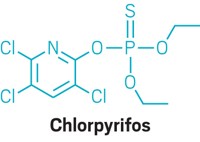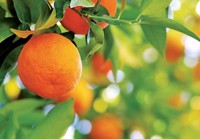Advertisement
Grab your lab coat. Let's get started
Welcome!
Welcome!
Create an account below to get 6 C&EN articles per month, receive newsletters and more - all free.
It seems this is your first time logging in online. Please enter the following information to continue.
As an ACS member you automatically get access to this site. All we need is few more details to create your reading experience.
Not you? Sign in with a different account.
Not you? Sign in with a different account.
ERROR 1
ERROR 1
ERROR 2
ERROR 2
ERROR 2
ERROR 2
ERROR 2
Password and Confirm password must match.
If you have an ACS member number, please enter it here so we can link this account to your membership. (optional)
ERROR 2
ACS values your privacy. By submitting your information, you are gaining access to C&EN and subscribing to our weekly newsletter. We use the information you provide to make your reading experience better, and we will never sell your data to third party members.
Agriculture
China’s arsenic ban in animal feed will yield huge benefits, study predicts
by Britt E. Erickson
October 26, 2019
| A version of this story appeared in
Volume 97, Issue 42

China’s recent ban on the use of phenylarsonic additives in chicken and pig feed will result in about 1,160 fewer cases of human cancer and save nearly ¥600 million ($85 million) annually if the ban is fully enforced, according to a risk analysis by researchers at Peking University and the University of Iowa (Environ. Sci. Technol. 2019, DOI: 10.1021/acs.est.9b04296). Phenylarsonic additives, such as roxarsone and p-arsanilic acid, were used in many countries worldwide in concentrated animal feeding operations to promote growth and prevent disease in poultry and swine. Public health concerns over the potential for residues of inorganic arsenic—a human carcinogen—in animal tissue led the European Union to ban use of arsenic-containing feed additives in 1999. US and Canadian regulators followed suit in 2013, after manufacturers voluntarily stopped selling roxarsone in those countries. China, which is one of the world’s biggest producers of poultry and swine, has now joined the global effort to eliminate the use of arsenic in animal feed. China officially banned the use of phenylarsonic feed additives in May.





Join the conversation
Contact the reporter
Submit a Letter to the Editor for publication
Engage with us on Twitter